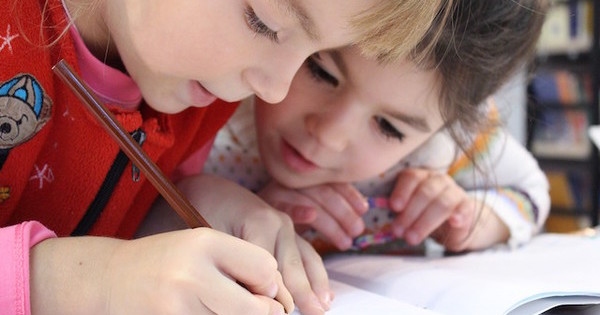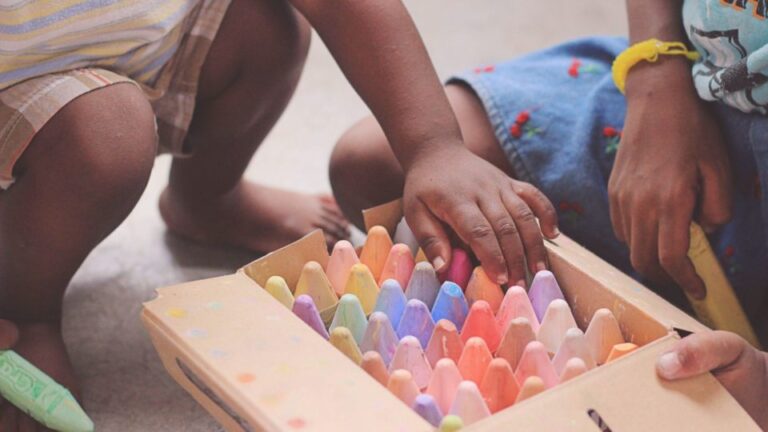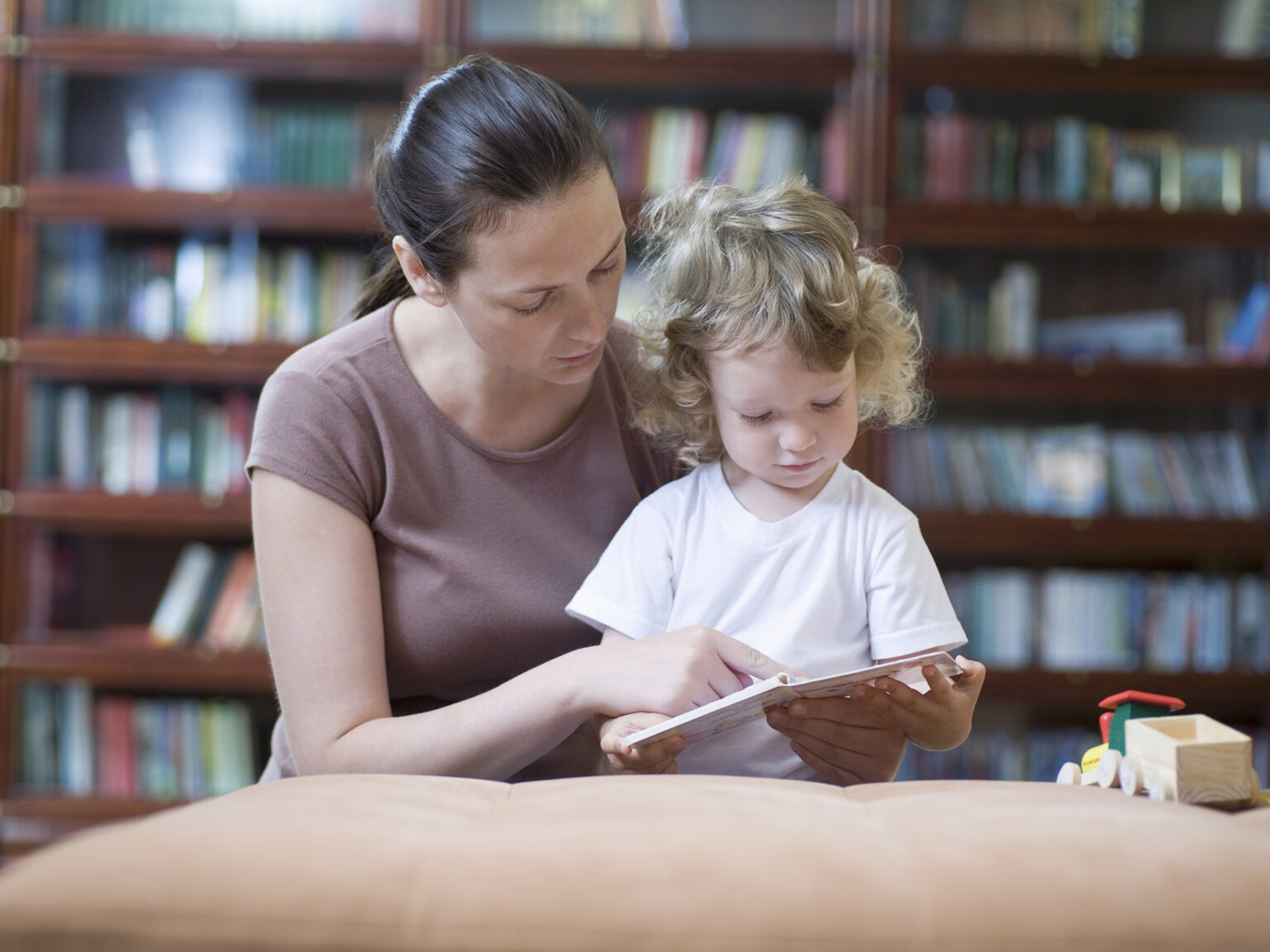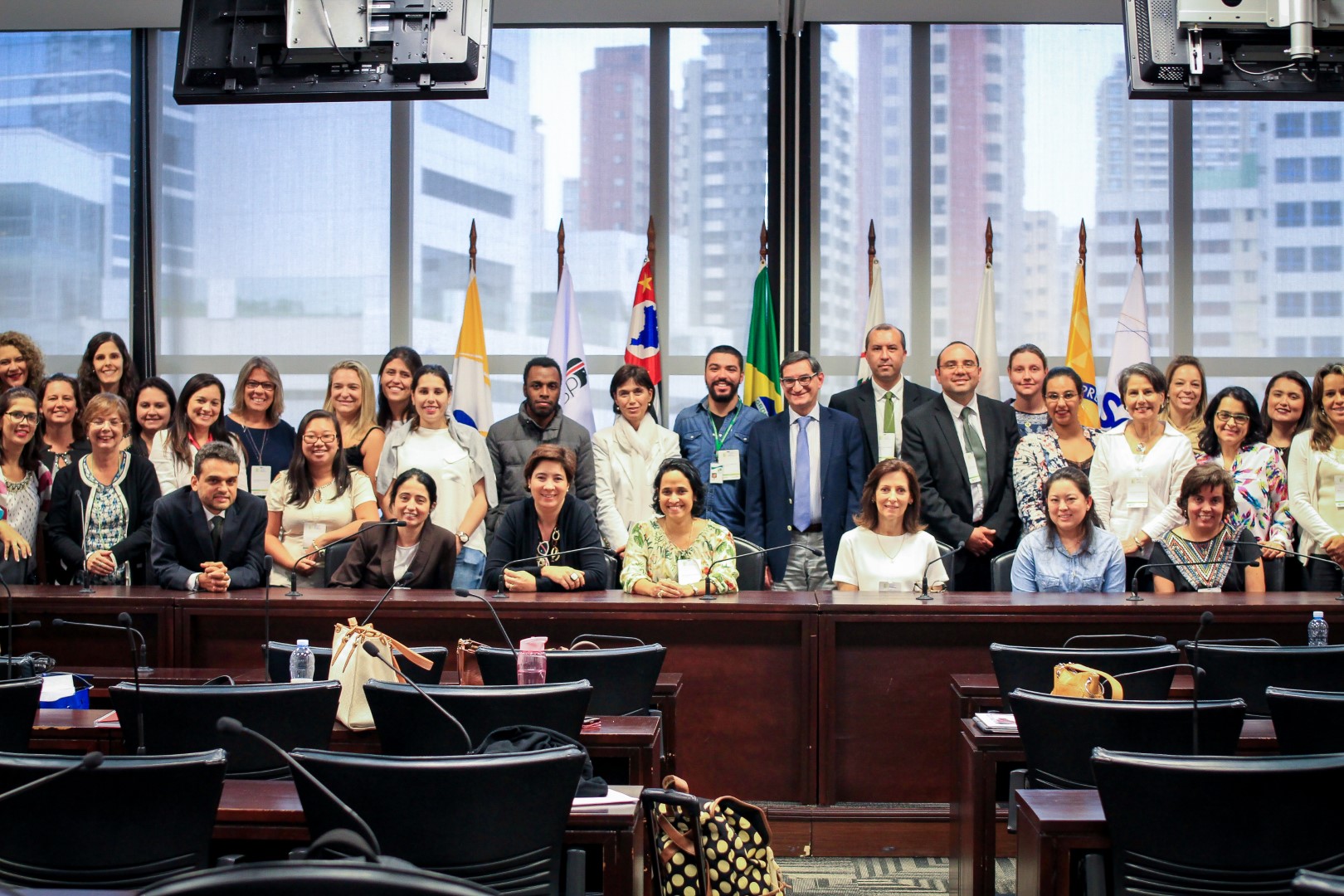Um recente relatório divulgado pela National Coalition of Girls’ Schools, comparando o ambiente de escolas mistas e single-sex, traz claras evidências de que o ambiente dos colégios single-sex femininos tem um impacto positivo maior, tanto do ponto de vista acadêmico como do desenvolvimento pessoal de cada aluna. As jovens apresentam níveis mais elevados de confiança em uma ampla variedade de áreas acadêmicas em comparação com seus pares coeducacionais incluindo escrita, fala, pensamento crítico, leitura, trabalho em equipe e habilidades de aprendizagem independente.
Leia mais:
The American standard of coeducational education needs to be challenged, particularly for girls. A new report comparing all-girls high school environments to coeducational institutions provides clear evidence that—from academics to personal aspirations—the impact of the all-girls experience positively permeates a girl’s life at rates coeducational environments simply cannot match. At a time when real and resounding inequities remain between women and men in the workforce—from pay disparity to significant leadership gaps in nearly every industry—the new report provides compelling evidence that girls’ schools provide a worthy solution.
The report, published by the National Coalition of Girls‘ Schools, analyzed the responses of nearly 13,000 high school girls attending all-girls independent schools, coeducational independent schools, and coeducational public schools to the 2013 High School Survey of Student Engagement. The HSSSE is administered each spring by the Center for Evaluation & Education Policy at Indiana University and covers high school students’ attitudes, behaviors, and experiences across the country.
Among the most striking results detailed in the NCGS report, titled Steeped in Learning: The Student Experience at All-Girls Schools, is the effect the all-girls environment has on a girl’s personal aspirations. Virtually all girls within an all-girls environment expect to earn a four-year degree; two-thirds expect to go on to graduate-level work. This is compared to under 40 percent of coeducational public school girls with graduate school expectations.
Such higher personal aspirations are likely influenced by the educators and classes girls attend while at school. More than 75 percent of girls in all-girls schools report their classes challenge them to achieve their full potential, and that they gave their maximum effort in their classes. This was higher than both coeducational independent and public schools, with public coed schools faring the worst with just under 40 percent reporting that their classes challenge them to their full potential.
The majority of our girls deserve better from their education. How can we hope to raise the profile of American women in our society if we cannot push them to reach their full potential in the classroom? Confidence grows out of experience and our girls are simply not getting enough practice.
Even more essential, girls in all-girls environments report a stronger sense of safety — nearly 70 percent “strongly agree” they feel safe at their school, compared with 55 percent at coed independent schools and a mere 17 percent at coed public schools. This means millions of girls in this country are going to school insecure about something as basic as their personal safety. If you are unsure about your personal safety, is it possible to focus on your education?
The girls’ school girls also report higher levels of confidence in a wide variety of academic areas compared to their coeducational peers including writing, speaking, critical thinking, reading, teamwork, and independent learning abilities. In sum, they are more personally engaged and successful in their learning and they report higher levels of support from both their fellow students and teachers.
The difference for girls in these educational environments is dramatic and the impact of educating even more girls in this way could help balance our social and political landscape, enabling women to claim their talents in a world that needs them to do so. Imagine a world where all women receive an education that unleashes their true potential.
In many ways we have given coeducational schools a pass on proving their value to girls. In reality, they have never even been asked to. In fact, the majority of independent schools that decided to go coeducational in the 1970s did so not because of pedagogical benefits afforded girls in a coeducational setting, but to garner the additional revenue gathered from doubling the applicant pool. Today, we can see the results of going coed, particularly at the high school level, are proving not to be as effective for girls as they were for the bottom line for either privately or publicly educated girls. And this all happens at a pivotal time life, when 53 percent of 13-year-old girls are unhappy with their bodies, and rates of depression for girls between the ages of 12 and 15 are three times the rate of boys.
With this new research and thousands of successful girls’ school graduates as living proof, we now have clear evidence that the coeducational high school environment needs to be challenged.
Our girls deserve better. Our world deserves better.
Via Times Union







